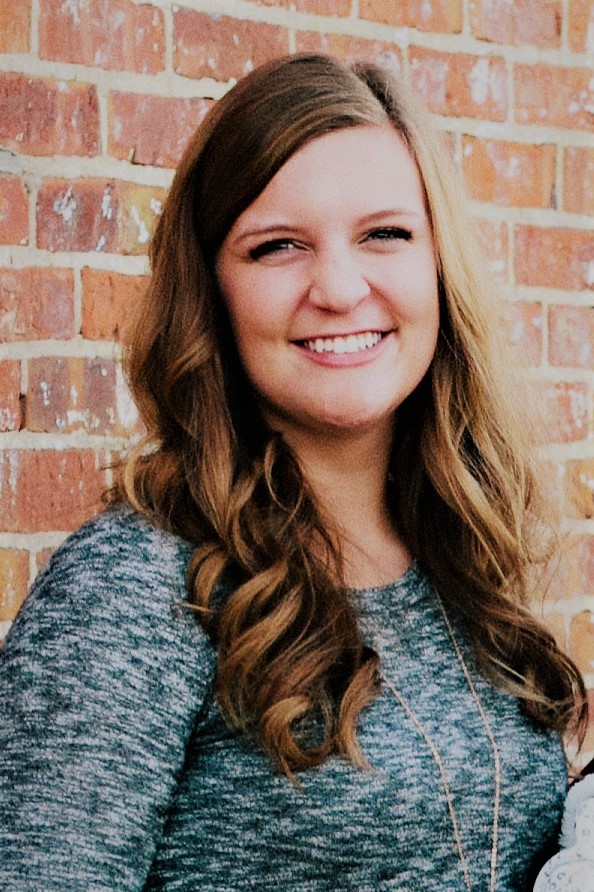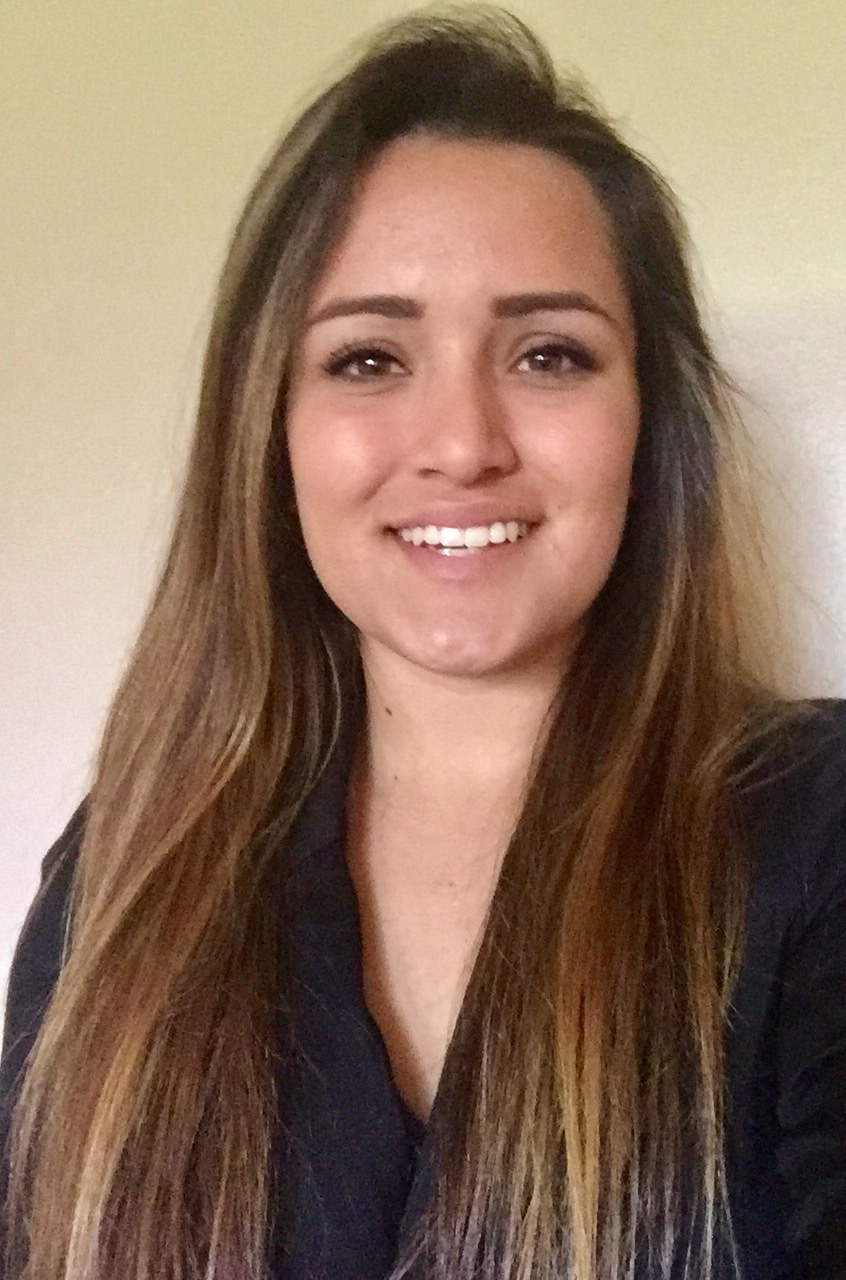Below is a summary of the abstract you submitted. Presenting author(s) is shown in bold.
If any changes need to be made, you can modify the abstract or change the authors.
You can also download a .docx version of this abstract.
If there are any problems, please email Dan at dar78@pitt.edu and he'll take care of them!
This abstract was last modified on May 4, 2017 at 5:34 p.m..

After ten years of phage hunting, SEA-PHAGES students have succeeded in discovering and annotating thousands of phages and their genomes. Most of these phages were discovered from samples collected in the Southern United States and on both the East and West coasts. Northwestern College is a SEA-PHAGES institution in Iowa and our students are contributing to the discovery of Mycobacteriophages in the Midwest. In our first year offering a SEA-PHAGES course, Northwestern College microbiology students discovered sixteen different Mycobacteriophages during the spring 2017 semester. Of fifteen soil samples, three soil samples yielded phages: nine by direct isolation and seven using the enrichment protocol. All sixteen phages grow on Mycobacterium smegmatis mc2155. Students in the fall 2017 genetics course at Northwestern College will annotate two of these Midwest Mycobacteriophages. While the microbiology students were busy discovering new phages, a group of seven honors research and directed study students annotated a phage adopted from phagesDB.org. ILeeKay, isolated in 2010 at Brigham Young University and sequenced in 2014, has a 51,017 base pair genome with a 64% GC content. It is a cluster A1 phage. We found that it contains 90 genes, including genes for bacterial infection, genome replication, viral structure, and capsid assembly. ILeeKay’s plaque morphology suggests that it is a lysogenic phage and we found a number of genes whose protein products are important for lysogeny including integrase and an immunity repressor. ILeeKay’s genome does not include tRNA genes. The tail assembly chaperone gene contains a -1 programmed translational frameshift, similar to many other phages in the A1 subcluster. ILeeKay most closely resembles phages PhrostyMug, TheloniousMonk, and Zephyr, each of which are also cluster A1 phages and we propose that they are among ILeeKay’s nearest evolutionary relatives.


